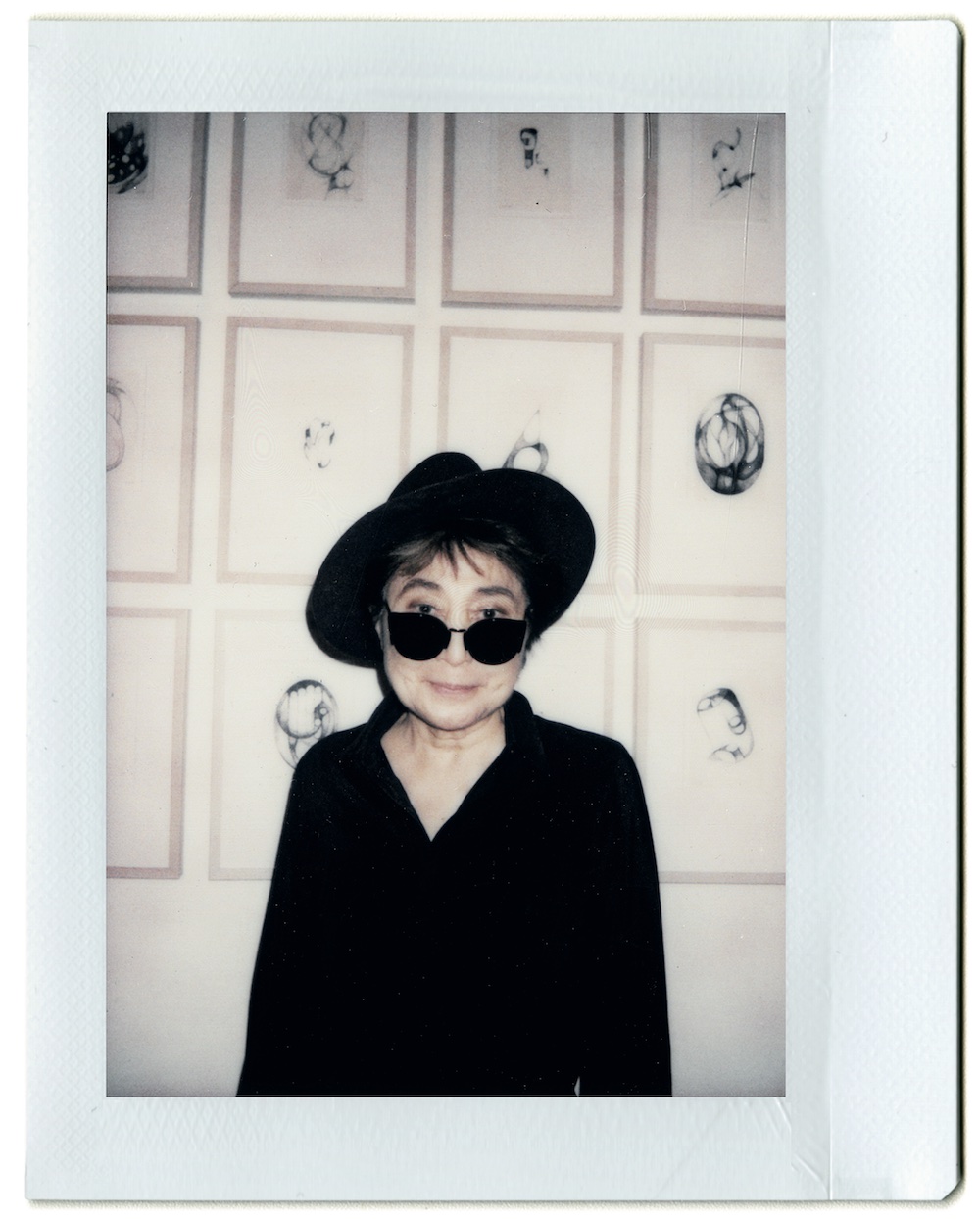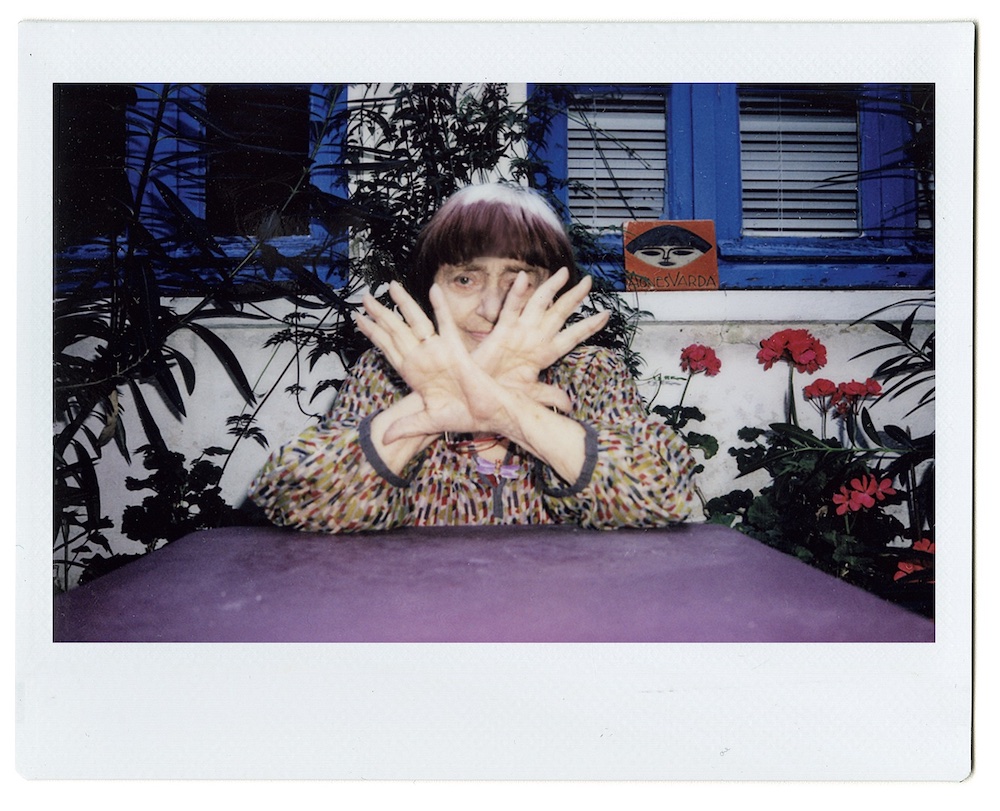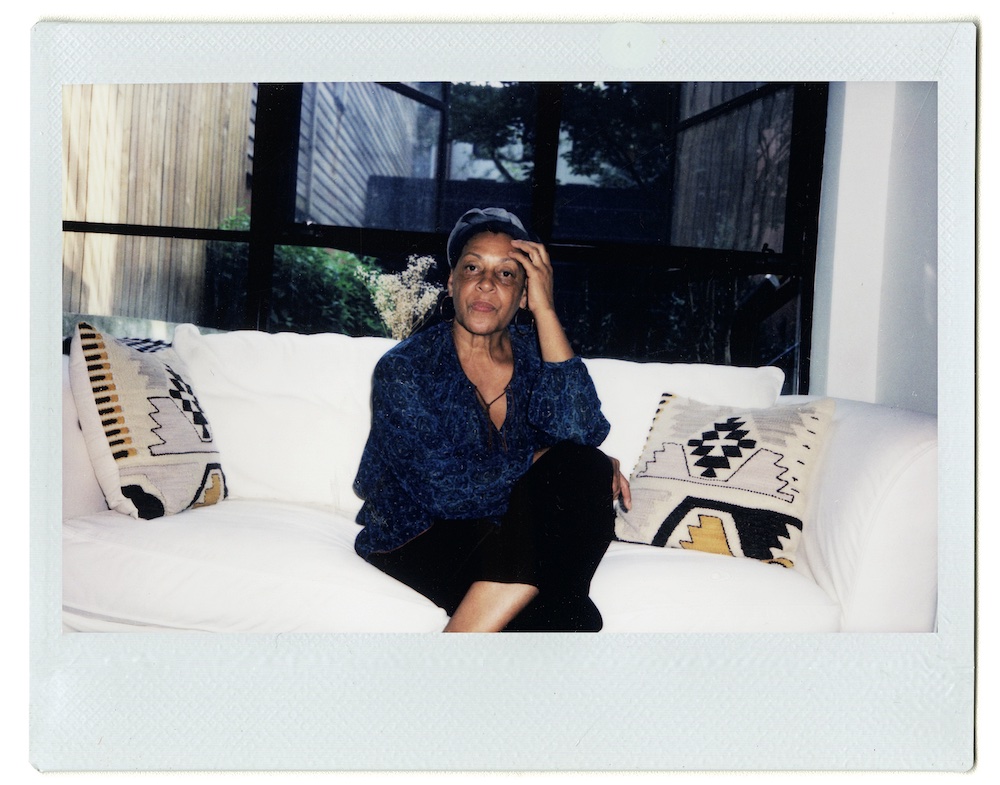Portrait of an Artist
By Hugo Huerta Marin
424 pages
Prestel
What exactly is a portrait? In art, “portrait” is generally understood to mean a visual likeness or representation. One could argue that a photographic portrait captures this visual likeness more closely than would a painting or drawing. It is also possible to create a literary portrait. Embracing this multiplicity of the word, author and photographer Hugo Huerta Marin presents Portrait of an Artist, a gripping book of candid Polaroids and captivating interviews with 25 creative women, including visual arts titans like Tracey Emin and Kiki Smith, and legendary actresses like Cate Blanchett and Uma Thurman.
Created over a seven-year period beginning with Marina Abromavic, whose studio Huerta Marin joined in 2014 as art director, Portrait of an Artist captures heartfelt moments of self-reflection, as well as deeper, thought-provoking conversations on political and social issues. With fascinating anecdotes and insightful commentary, the interviews make the book difficult to put down. Reading the artists’ words and seeing their stories evolve is a joy.
A highlight of the book is the interview with Carrie Mae Weems, which includes her personal account of making her most famous body of work, The Kitchen Table (1990). In this black-and-white photographic series, Weems acts as her own subject, donning different outfits as people cycle through the images, all taken from the end of a long, wooden table in the artist’s kitchen. A single light hangs overhead, illuminating the sitters below as they engage in moments of intimacy, sadness, frustration and introspection.

Yoko Ono, New York, 2016.
Weems tells Huerta Marin how the photographs were created at a time when she was teaching college students. Frequent conversations about the male gaze in art made her question how young women were thinking about themselves. At the same time, Weems noted how Black bodies and Black women specifically were absent from art theory in general. “I thought about the ways the gaze could be focused, could be challenged, could be re-contextualized to bring in Black bodies…it was a wonderful endeavor. It was as though all the lightbulbs were turned on and I had a sense of clarity,” she said (p.108).
In some shining moments of the book, Huerta Marin gives a snapshot of various periods of the art, film, fashion and music industries in general. The late Agnès Varda describes writing and directing her first film, La Pointe Courte (1955), at the age of 25 and how excited the locals were to be featured in the film without pay, “It was possible to do that back in the fifties,” Varda said (p.405). Yoko Ono reminisces about her iconic “loft concerts” of the 1960s in which she invited artists and musicians to freely express themselves in her New York City apartment that she rented for $50.50 a month. Diane Von Fürstenberg describes sexual freedom, her friendship with Andy Warhol and the party-filled art hub of New York in the 1970s. Tracey Emin remembers life in London in the 1990s, as a member of the Young British Artists, staying out until 5 am and getting up at 10 am the next day: “I can’t believe we got any work done” (p.157).

Agnès Varda, Paris, 2018.
From a technical standpoint, the book gives valuable insight into the art of conducting an interview. Huerta Marin asks specific queries tailored to the sitter’s practice, as well as a handful of similar questions for several of the artists. Questions such as “What are your thoughts on the rise of the artist as celebrity?” and “What are your thoughts on the big international art fairs?” reveal the broad extent to which the artists’ opinions vary. Responding to the latter, Weems calls the market surrounding fairs obscene, while Shirin Neshat expresses the value of such a stage for an artist’s career. Emin echoes both sentiments, describing her experience representing Great Britain in the Venice Biennale as “amazing on the one hand, but somehow soul-destroying on the other” (p.162).
Some of the most beautiful parts of the book come from questions that are wholly unrelated to art. Huerta Marin often asks, “Do you have any recurring dreams?” While many answers reveal high levels of stress and anxiety, Yoko Ono’s answer is as poetic as expected: “That this world will become a peaceful place” (p.148). Such moments are poignant reminders of the artists’ humanity.
Portrait of an Artist is intimate, personal and inspiring. The sitters’ comfort is clear and comes through in their heartfelt honesty. Huerta Marin skillfully manages to make deep connections with each of the 25 trailblazing women, pushing the boundaries of what it means to create a portrait.

